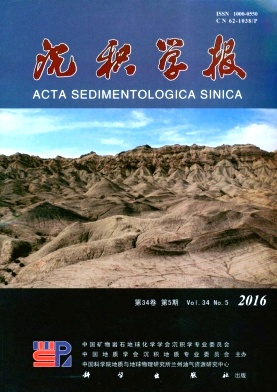Using Throat Parametre to Assess Tight Sandstone Gas Reservoir: A case study of Dibei tight sandstone gas in the east of Kuqa Depression
doi: 10.14027/j.cnki.cjxb.2016.05.017
- Received Date: 2014-11-24
- Rev Recd Date: 2015-03-16
- Publish Date: 2016-10-10
-
Key words:
- tight sandstone gas /
- reservoir assessment /
- throat radius /
- R35 /
- Dibei area
Abstract: Tight sandstone gas as a kind of unconventional natural gas which showed a trend of rapid exploration development in China. In order to assess the tight sandstone gas reservoir, however, we still continue to use conventional sandstone reservoir assessing parameters and method. The fact proved that the conventional method used for the assessment of tight sandstone gas is obvious inadaptability. In this paper, by comparing the characteristics and forming mechanism between conventional gas reservoir and tight sandstone gas, we conclude that the throat radius and the gas pressure are the critical factors of tight sandstone migration and enrichment. Using the improvement Windland equation with R35 parameter which is on behalf of the throat radius when mercury saturation arrives 35%, established a preferable assessing methods for tight sandstone gas reservoir in Dibei aera. Assessment results show that the R35=0.17 μm is the boundary of effective reservoir and invalid reservoir;At the same time, on the basis of the R35 size, the effective reservoir can be further divided intoⅠ, Ⅱ and Ⅲ class.
| Citation: | LIN Tong, WEI HongXing, XIE YaNi. Using Throat Parametre to Assess Tight Sandstone Gas Reservoir: A case study of Dibei tight sandstone gas in the east of Kuqa Depression[J]. Acta Sedimentologica Sinica, 2016, 34(5): 983-990. doi: 10.14027/j.cnki.cjxb.2016.05.017 |






 DownLoad:
DownLoad: